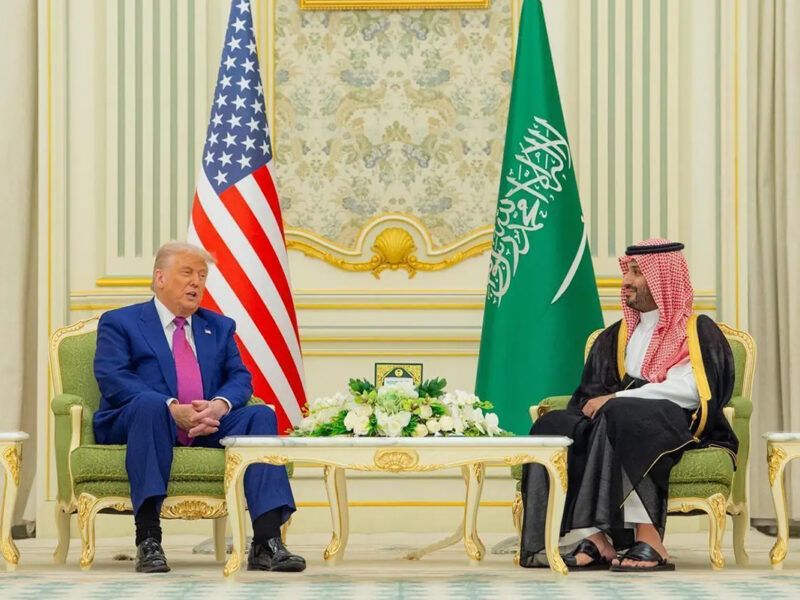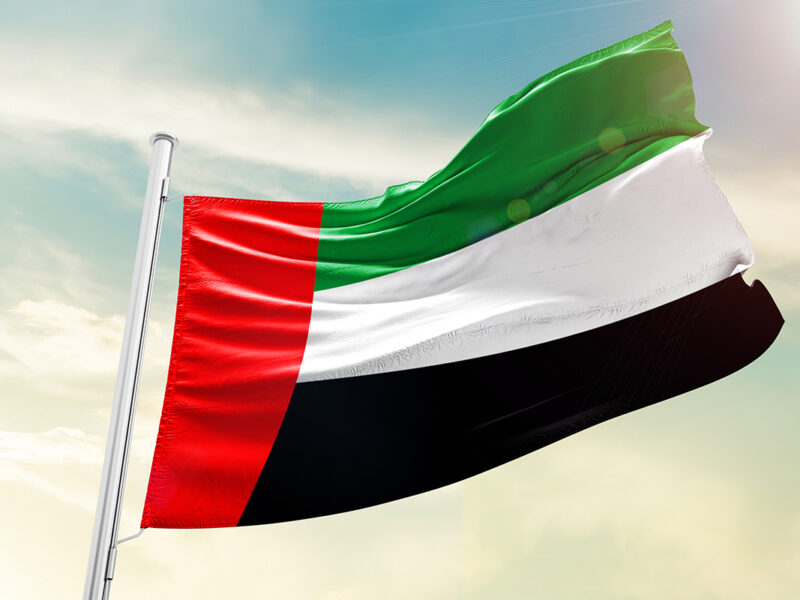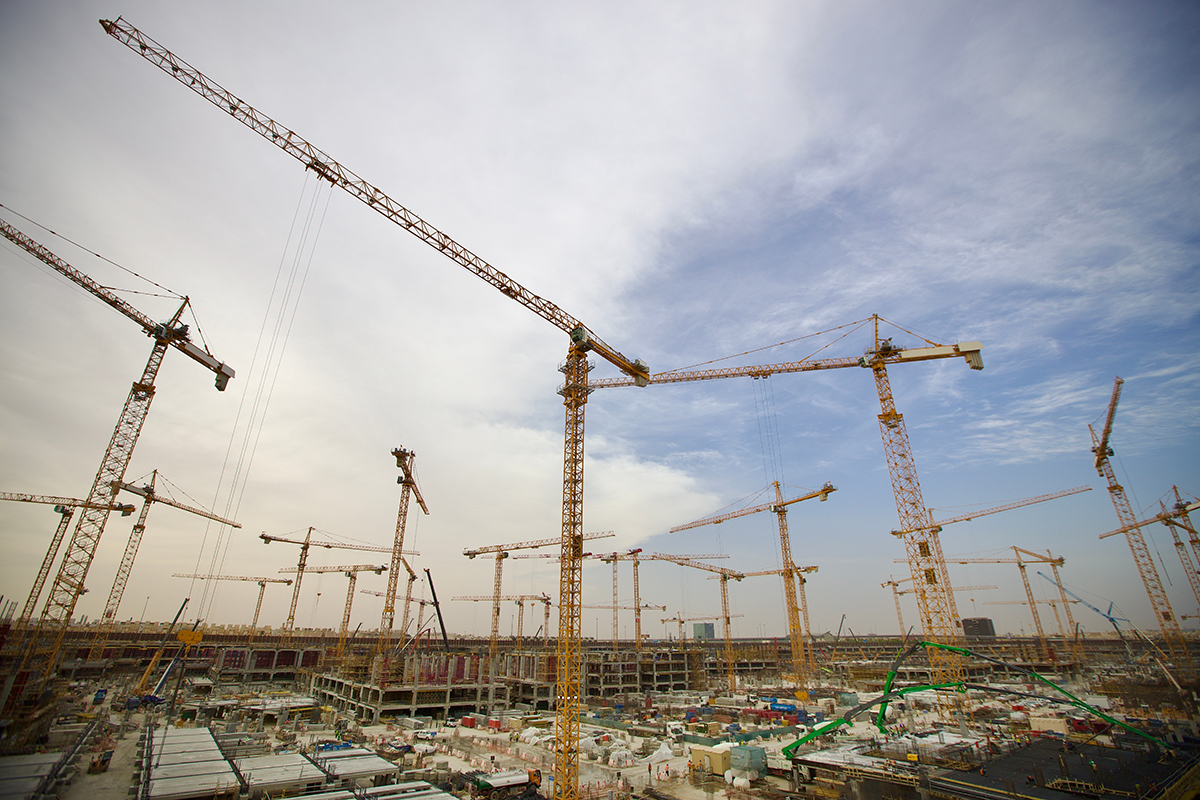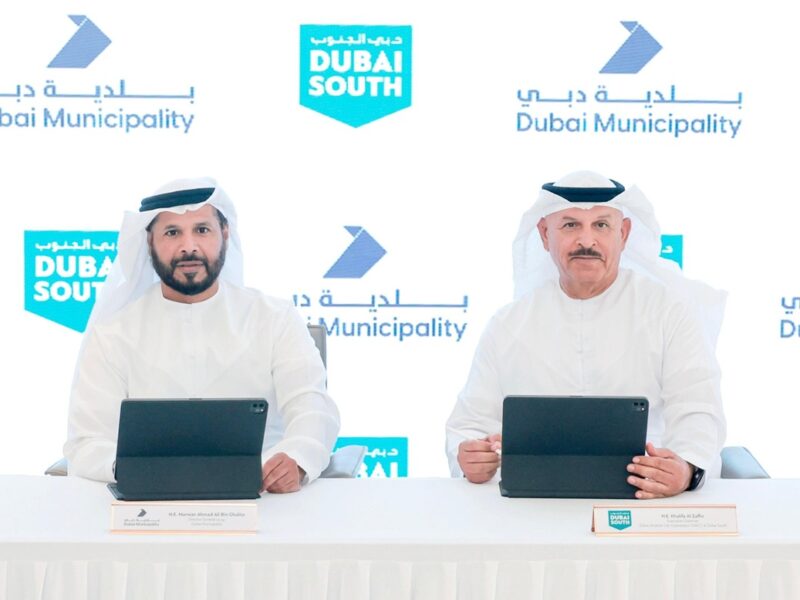The delivery of major event infrastructure is a complex and multifaceted endeavour. As the Kingdom of Saudi Arabia looks forward to hosting multiple international sports and cultural events over the next two decades, including the Asian Winter Games 2029, the World Expo 2030, and the FIFA World Cup 2034, the Kingdom must strategically plan for the delivery of its events infrastructure, looking to best practices and lessons learned to ensure commercial success and a lasting legacy.
In a booming market, strategic procurement is key
The Saudi market is not yet overheated, but certain resources are under significant pressure. This necessitates a strategic approach to procurement and project management to ensure timely and successful delivery. Owners must be open to selecting procurement methods with the highest chance of getting the asset delivered on the due date, including measurement contracts.
The initial difficulty for major events projects is typically the development of a strategically sound programme to guarantee delivery on the due date, which is fixed and immovable. When building a stadium, it is crucial to balance the timing to avoid building too early or too late. While some of the assets for the FIFA World Cup in Saudi Arabia are already under construction, a separate challenge is ensuring that all related social infrastructure, including transport, hospitality, and retail assets, are on track to complete in a fully coordinated manner.
Main contractors and subcontractors must manage risk proactively
For contractors working on high-pressure event projects, it is critical to ensure that the design is as complete as possible before construction begins, thereby avoiding redesigns and significant variations in the scope of the project. In the Middle East, design issues are a well-known cause of delay-related disputes. Tackling the challenge of late design delivery requires careful risk planning at the contract stage.
Contractors should negotiate for a fair allocation of risk, considering the inclusion of practical acceleration clauses that allow for the expedited completion of a project by increasing resources, extending work hours, or implementing other measures to speed up the construction process. These clauses are particularly beneficial in high-pressure event projects, such as those for major sports events or expos, where timely delivery is critical.
Turning to subcontractors, major event projects are not unique in experiencing issues of delay, design variations, cost escalations, and other claims typical to all large-scale projects. However, the stakes are higher due to the criticality of on-time delivery. Subcontractor risks in major events projects should not be forgotten. Smaller subcontractors on these projects can have a huge responsibility to deliver, and the main contractor is always trying to push the risk downwards.
Subcontractors often face significant risks such as bearing responsibility for the timely delivery of important long lead items. Providing subcontractors with sizable advance payments and free-issue materials can help mitigate these risks. Subcontractors can also be their own worst enemies and must also protect themselves from risk by keeping adequate records to support their claims and ensure timely resolution of disputes.

Effective stakeholder management sets the scene for success
Effective stakeholder management is the single most important factor in the successful delivery of major event infrastructure. Stakeholder management includes coordinating with banks, financiers, contractors, owners, operators, and users. Smooth delivery of these projects depends on how well major stakeholders are arranging themselves, especially since stakeholders’ interests may diverge.
Not every stakeholder has the same interest, and defining their roles and a dispute resolution process is critical to managing their interests. The mindset must change from ‘what is in it for me’ to ‘what is in the best interests of the project?’ and ‘how can we have a constructive dialogue to achieve the end goal?’
In Saudi Arabia, procurement laws provide for different methods of tender, with major projects often done on an unlimited tender basis due to the need for highly skilled entities. Joint ventures are common, with each member sharing in the capital risk, but the bargain between joint venture parties must be carefully articulated to avoid disappointment and disputes. Educating stakeholders about suitable design options, which are iconic yet practical, and ensuring a diverse supply chain are key to overcoming typical challenges on major events projects.
Early dispute resolution mechanisms will nip conflicts in the bud
A proactive approach to dispute resolution assists cash flow and allows parties to move forward with the project, rather than becoming bogged down in disputes, which risks a catastrophic late delivery. For major sports events like the FIFA World Cup, selecting appropriate dispute resolution mechanisms to resolve disputes as early as possible is critical. Arbitration is a popular dispute resolution method for high-value construction contracts, and the Kingdom has made significant progress to establish a well-functioning institution, the Saudi Centre for Commercial Arbitration.
There is also now scope under Saudi law for negotiation on a “without prejudice” basis, encouraging parties to resolve disputes before they escalate into a formal and costly arbitration proceeding. The new commercial law recognises that what is said at such settlement meetings will not be held against a party. With the signing of the Singapore Convention, there is also an increasing appetite for mediation in the Kingdom.
The best method of dispute resolution depends on various factors, including the nature and amount of the dispute and the stakeholders involved. Mediation is not always appropriate for every dispute, but it can be highly effective for the right dispute. Separately, there has always been a high level of interest in the use of dispute adjudication boards in the Middle East, where stakeholders generally accept that early dispute resolution is positive because it assists cash flow.
Despite this, there is typically a practical obstacle to implementing dispute boards, even when they are required by the contract. For a major event like an expo or the World Cup, a key stakeholder such as the Public Investment Fund (PIF) could be the organiser, setting up dispute boards, appointing members, managing conflicts of interest, replacement members and other logistics. Mandating the use of dispute boards on all contracts related to a major event could be the most straightforward way to encourage their uptake.

Strategic legacy planning ensures a profit-focused future
The conclusion of a major event should not mark the end of the project. Its legacy is a critical consideration, so that the world-class infrastructure is put to good use. Proper legacy planning is not just in the intention, but the execution. In Qatar, there were fantastic plans to dismantle and repurpose the stadium venues, which was considered an environmentally sustainable concept.
However, several years on, some of the stadia are still there because legacy plans were not fully thought through or capable of execution. The end user requirements must be considered when designing and planning the asset to ensure its long-term sustainability and financial viability. The end should be in mind right from the beginning, not least because there will be special considerations for an end user of major sports events. By way of example, FIFA is a critical stakeholder for the World Cup, and its specific design requirements should be considered as early as possible to ensure that the stadia is ultimately fit for purpose.
Finally, once the international tourists return home, the focus of end-users for major sports arenas will be laser-focused on “sweating the asset”. Designing a stadia that is capable of myriad multi-purposes, including sports and entertainment, is key, and is certainly more economical than trying to retro-fit the finished product.
Delivering major event infrastructure in Saudi Arabia requires a strategic approach to procurement, effective stakeholder management, and robust dispute resolution mechanisms. With an innovative and ambitious spirit, the Kingdom will soon be ready to welcome the world.











